
7–9 April 2026
Birmingham, UK | Leonardo Royal Hotel
- Abstracts welcome for talks & posters
- Bursaries available!
- Register & submit here:
www.eventsforce.net/biochemsoc/f...
#MembraneProteins #CallForAbstracts @biochemsoc.bsky.social

7–9 April 2026
Birmingham, UK | Leonardo Royal Hotel
- Abstracts welcome for talks & posters
- Bursaries available!
- Register & submit here:
www.eventsforce.net/biochemsoc/f...
#MembraneProteins #CallForAbstracts @biochemsoc.bsky.social
buff.ly/saLPqJM
buff.ly/saLPqJM

t.co/962Kj9pt6F
t.co/962Kj9pt6F
FtsEX-EnvC is a bacterial Type VII ABC transporter that activates key periplasmic enzymes during cell division.
We found mutations that disrupt FtsEX-EnvC activity and a disulfide that leaves it permanently active.
doi.org/10.1128/mbio...

FtsEX-EnvC is a bacterial Type VII ABC transporter that activates key periplasmic enzymes during cell division.
We found mutations that disrupt FtsEX-EnvC activity and a disulfide that leaves it permanently active.
doi.org/10.1128/mbio...
www.nature.com/articles/s41...

www.nature.com/articles/s41...

www.biorxiv.org/content/10.1...
www.biorxiv.org/content/10.1...
www.nature.com/articles/s41...
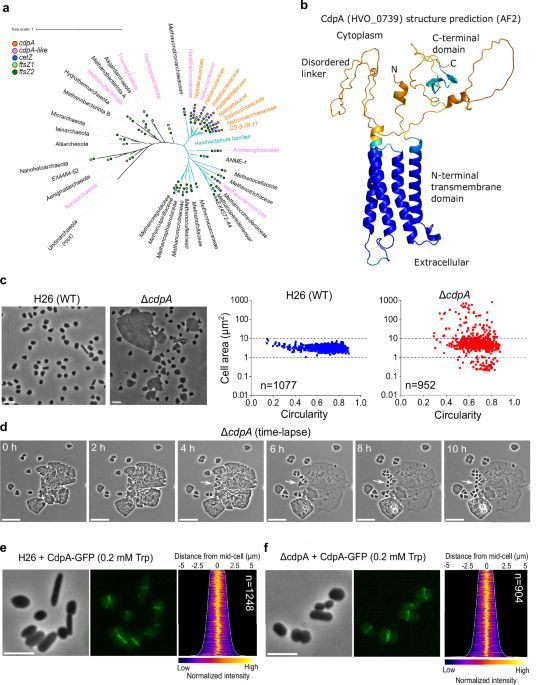
www.nature.com/articles/s41...
www.nature.com/articles/s41...

www.nature.com/articles/s41...
Our work, led by @fabianmunder.bsky.social, shows that bacteria from 22 phyla use the high-affinity transporter PqqU to obtain the redox cofactor PQQ from the environment as an alternative to cofactor synthesis.
www.science.org/doi/10.1126/...
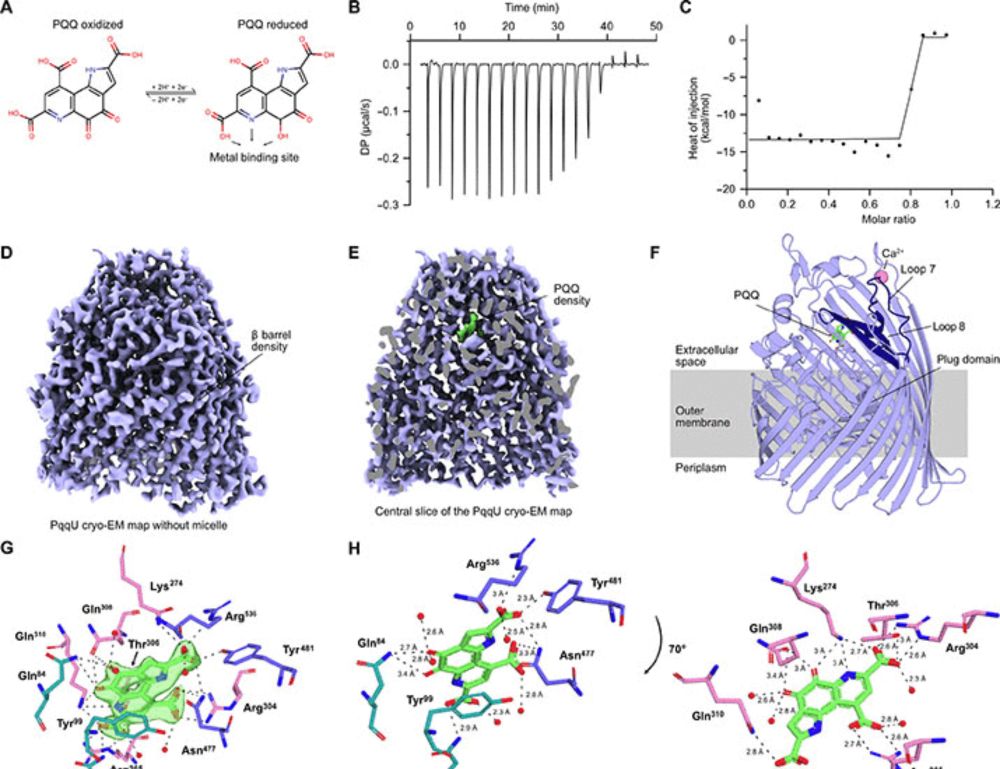
Our work, led by @fabianmunder.bsky.social, shows that bacteria from 22 phyla use the high-affinity transporter PqqU to obtain the redox cofactor PQQ from the environment as an alternative to cofactor synthesis.
www.science.org/doi/10.1126/...
In this new paper with colleagues @Bicycle_tx we show a new way to hit old targets: rdcu.be/eoaRI
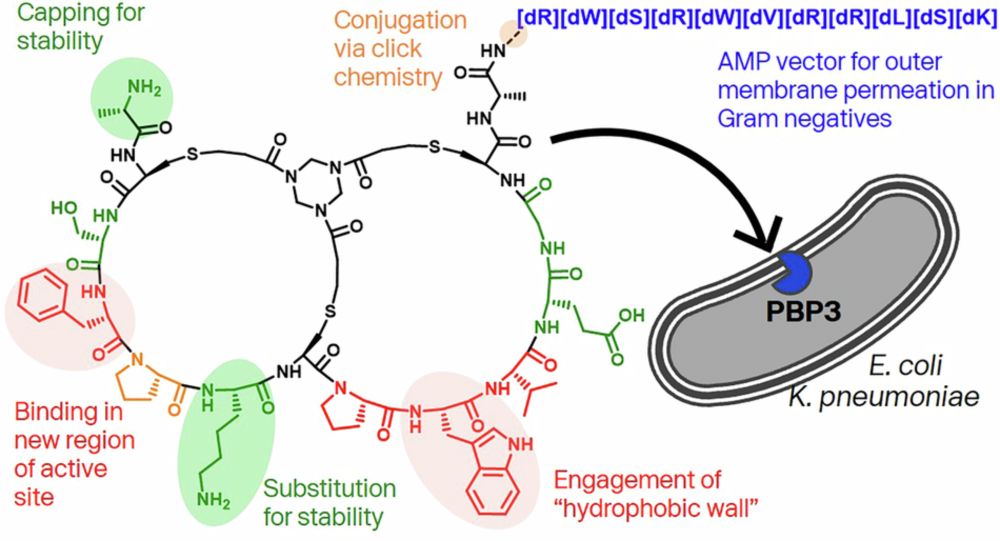
In this new paper with colleagues @Bicycle_tx we show a new way to hit old targets: rdcu.be/eoaRI
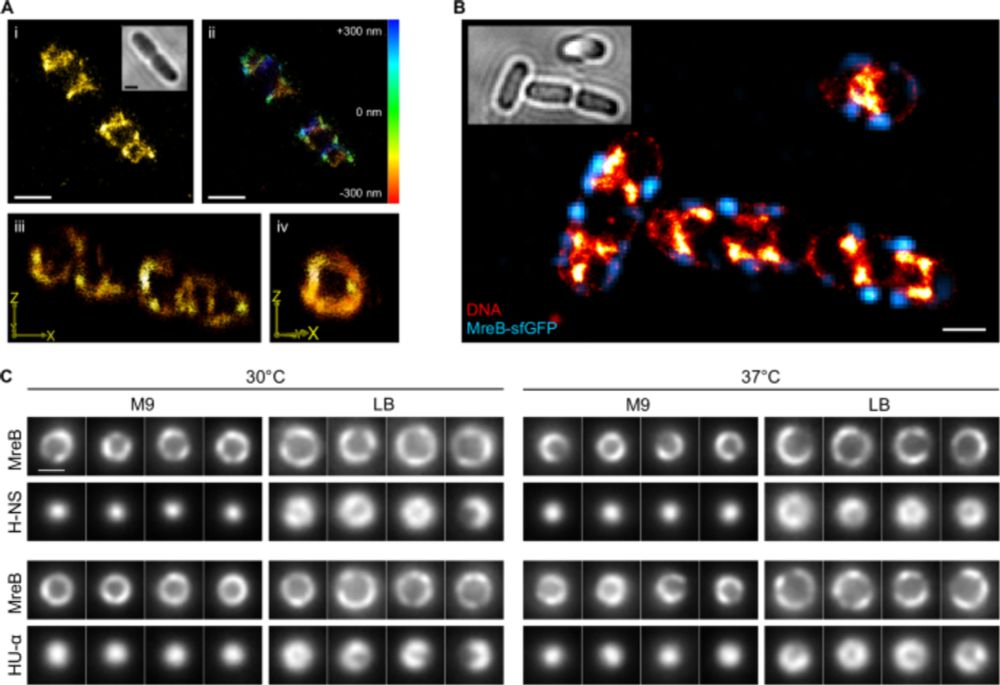
To divide, cells must first bend the membrane inward, a process that’s energetically expensive

To divide, cells must first bend the membrane inward, a process that’s energetically expensive
A special shout-out to all the people who made this work possible, especially Dr. Jason Lyu, and Dr. David Weiss.
www.nature.com/articles/s41...
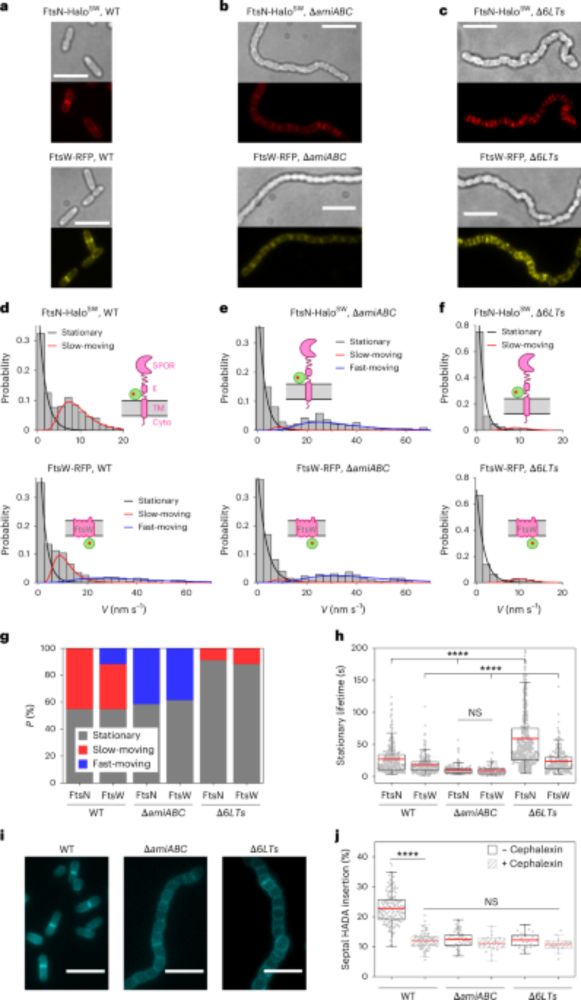
A special shout-out to all the people who made this work possible, especially Dr. Jason Lyu, and Dr. David Weiss.
www.nature.com/articles/s41...

"An interbacterial cysteine protease toxin inhibits cell growth by targeting type II DNA topoisomerases GyrB and ParE". Led by my wonderful team at Academia Sinica!

"An interbacterial cysteine protease toxin inhibits cell growth by targeting type II DNA topoisomerases GyrB and ParE". Led by my wonderful team at Academia Sinica!

www.ft.com/content/1f94...
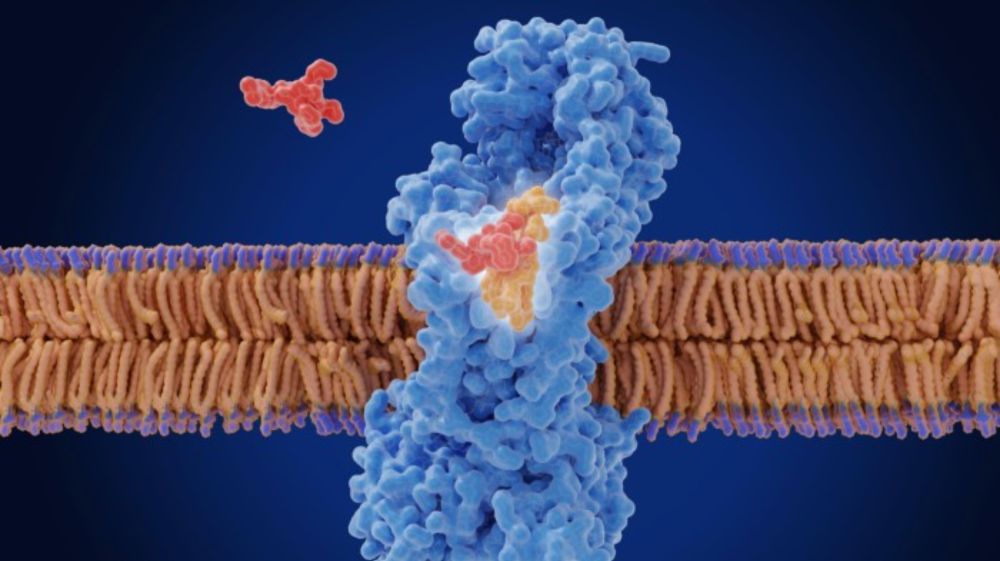
www.ft.com/content/1f94...
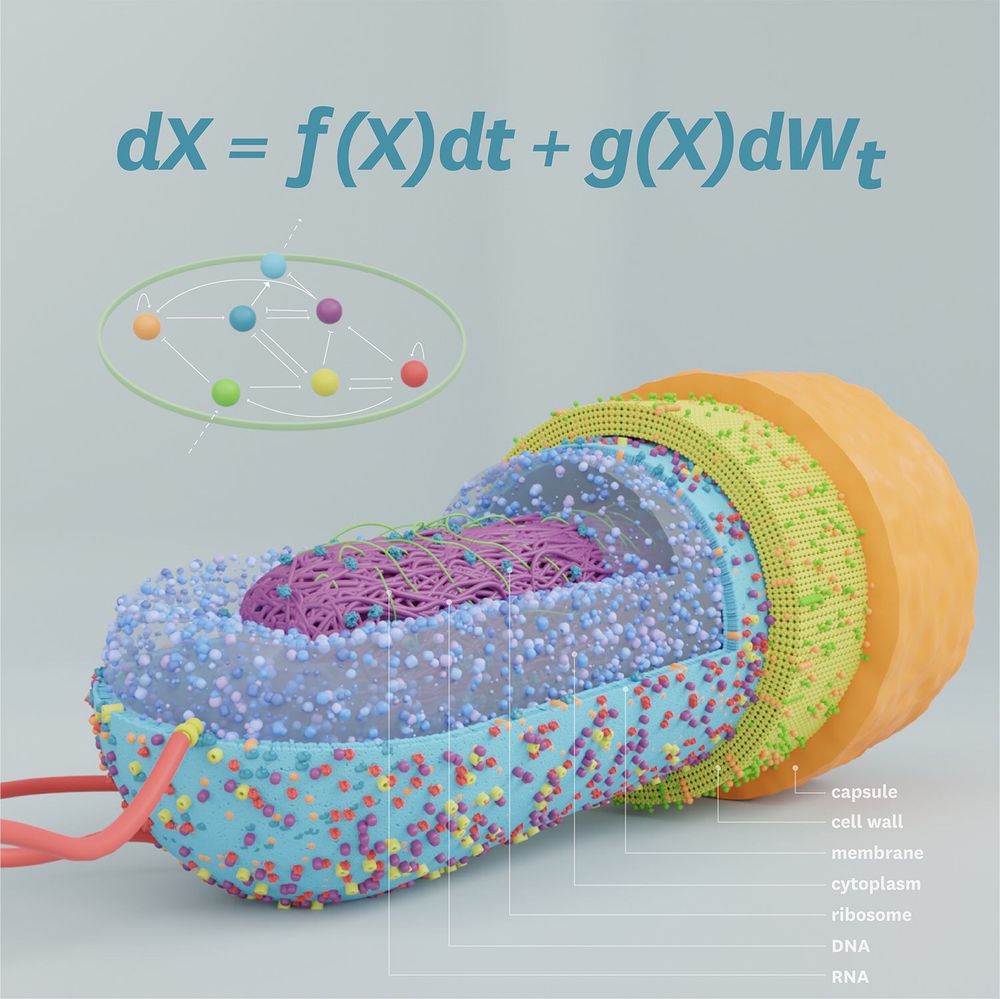
We are super excited to present our characterisation of the YbbAP-TesA complex, a novel Type VII ABC transporter linked to a periplasmic thioesterase.
doi.org/10.1101/2025...
We are super excited to present our characterisation of the YbbAP-TesA complex, a novel Type VII ABC transporter linked to a periplasmic thioesterase.
doi.org/10.1101/2025...

